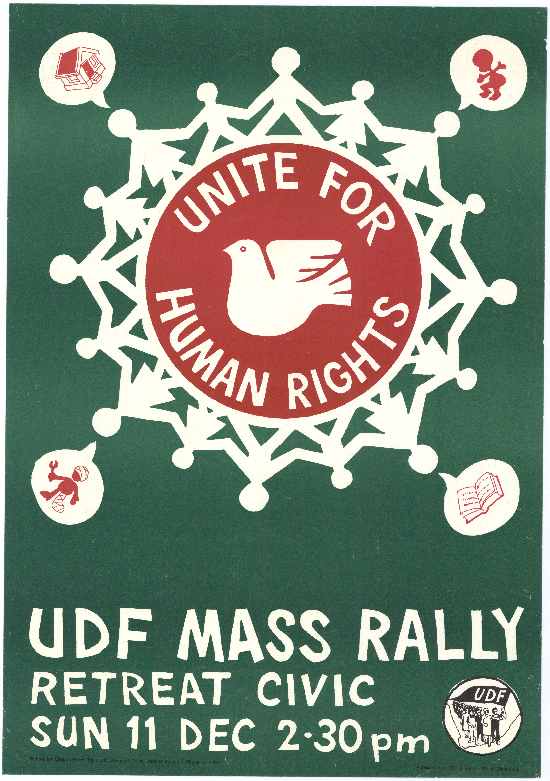|
10 December 2010
Celebrating the signing of the South African Constitution
On 10 December 1996 the Constitution of South Africa was signed into law by South Africa's then President, Nelson Mandela. The final version was symbolically signed at Sharpeville, Vereeniging to coincide with International Human Rights Day. The signing thus represented a move from the horrors of our Apartheid past into an era of transparency and accountability founded upon an unerring respect for human rights.

The Constitution is the supreme law of South Africa. Not only does it prescribe the rights and duties of citizens and the State, but also provides the legal foundation for the existence of South Africa as a country and outlines the structure of South Africa's government. The Constitution had been based upon 34 key constitutional principles which had been negotiated by those working on the initial Interim Constitution. It was only once the Constitutional Court had rejected the Interim Constitution for several violations of these principles, that the Constitutional Assembly began work on the final draft. This was then approved by the Constitutional Court on 4 December leading to the signing on 10 December.
The most significant aspect of the Constitution, besides the significant contribution made by the people themselves to its drafting, is the establishment of a Bill of Rights that also constitutionally entrenches socio-economic rights. The Bill of Rights is in many ways the most essential aspect of a constitution for the people who are served by it; it stands literally as a list of the most important rights for the citizenry.
Our rights are only valuable when we know about them. As part of this acknowledgement, and also SAHA's continual engagement with education and the empowerment of communities, SAHA has developed a Bill of Rights Exhibition Kit that enables organisations to mount low-cost exhibitions focusing on key moments and issues in South African history. For more information you can contact the South African History Archives.
|





